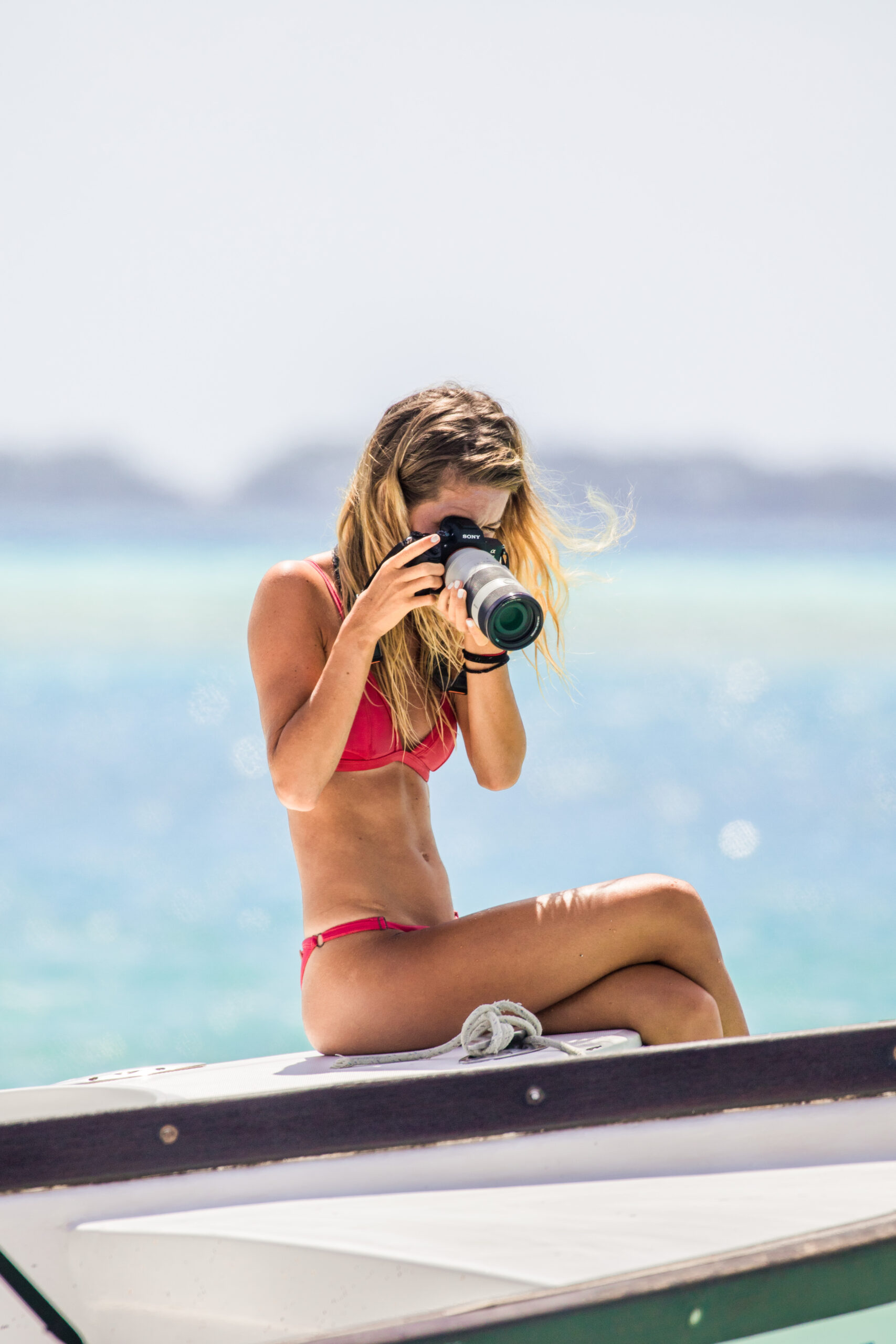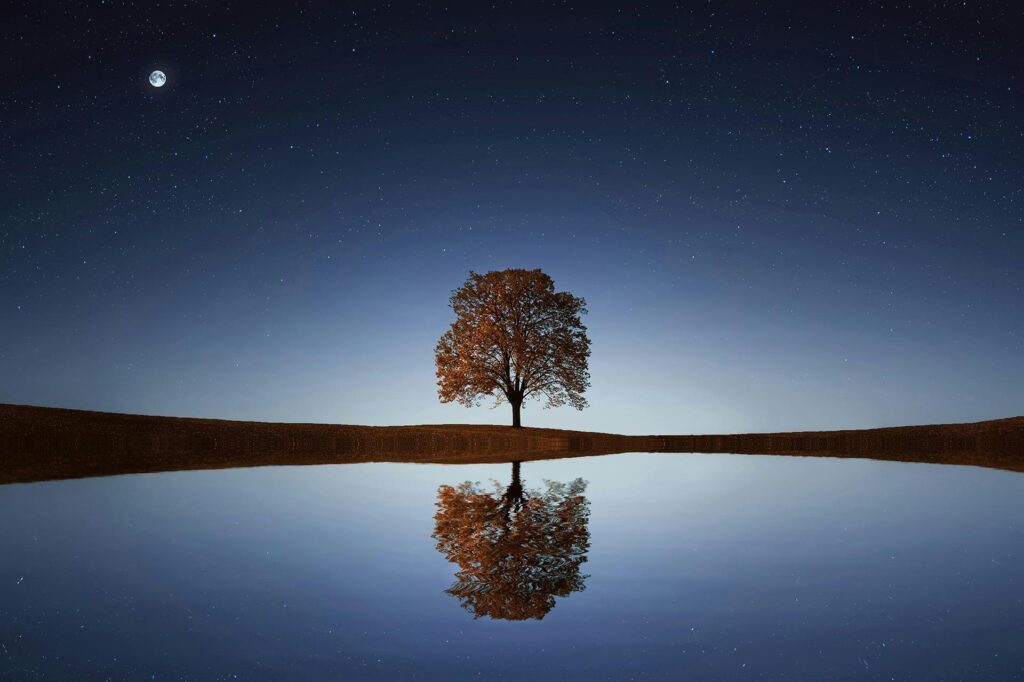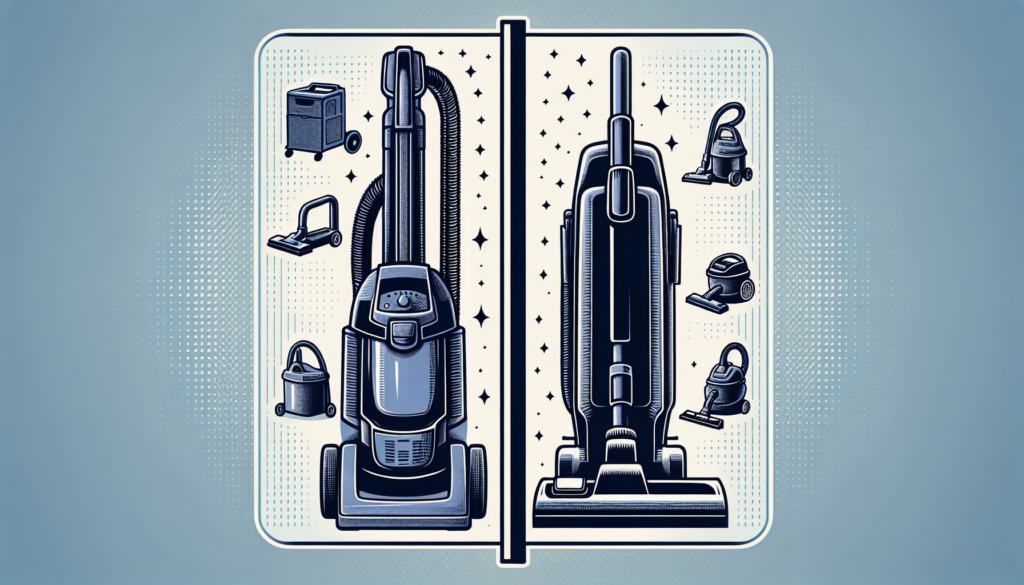Thinking of buying a DSLR camera? Look no further, because this article has got you covered! Whether you’re a professional photographer or just starting out, making the right choice when it comes to purchasing a DSLR camera is crucial. With the help of expert buying guides on BuySellCloud.com, you can gain access to invaluable insights and tips that will empower you to make confident purchase decisions. Explore comprehensive product information, discover the latest models, and find the perfect DSLR camera that suits your needs and shooting style. Get ready to elevate your photography game with our expert guidance!
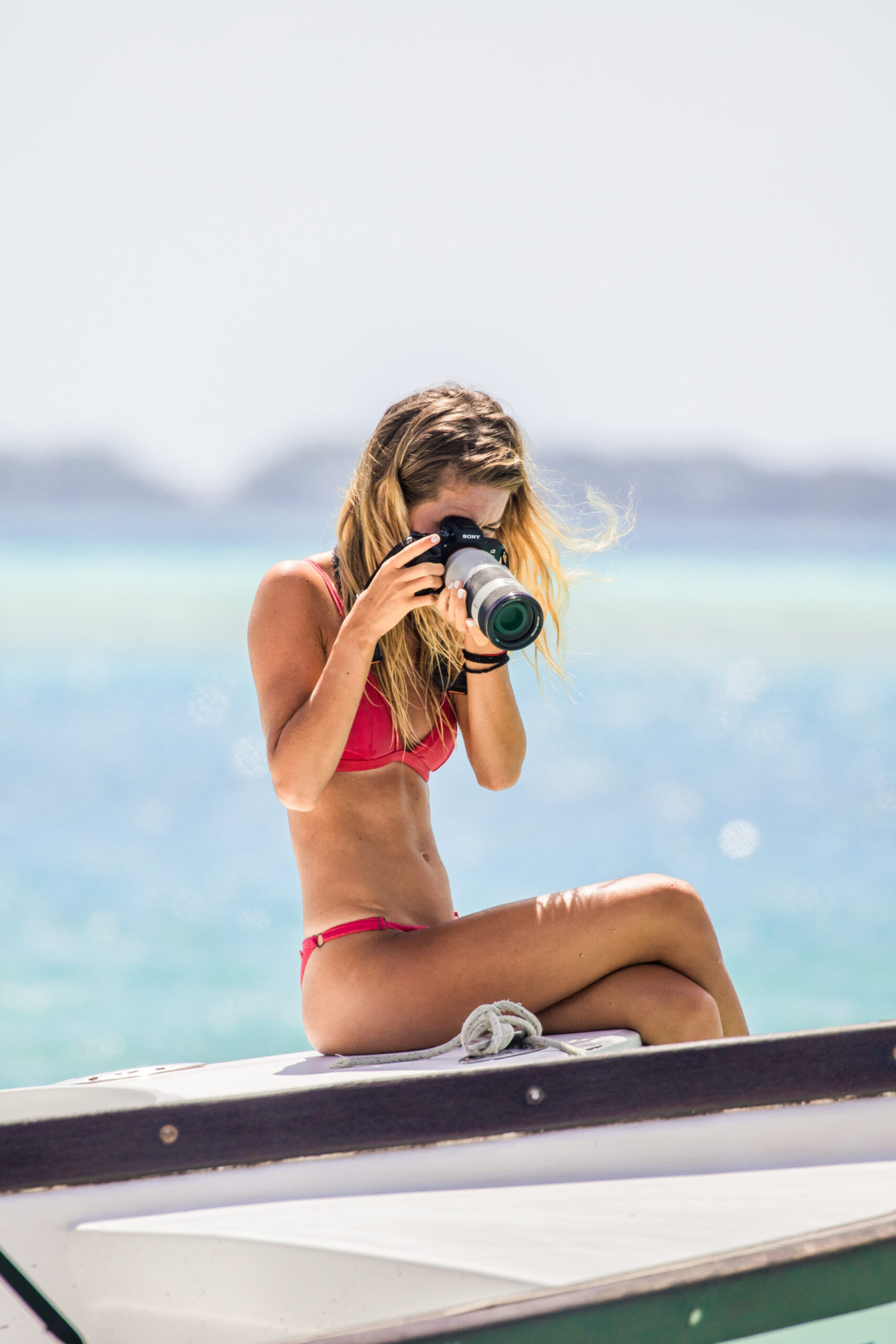
Understanding DSLR Cameras
What is a DSLR Camera?
A DSLR camera, which stands for Digital Single-Lens Reflex camera, is a type of camera that uses a mirror mechanism to direct light from the lens to an optical viewfinder. This allows you to see exactly what the lens sees, giving you a clear and accurate representation of the subject you are photographing. DSLR cameras are known for their versatility and are widely used by professional photographers and enthusiasts alike.
Advantages of DSLR Cameras
There are several advantages to using a DSLR camera:
- Image Quality: DSLR cameras offer high-quality images with great detail and sharpness, thanks to their larger image sensors and superior image processing capabilities.
- Interchangeable Lens System: DSLR cameras allow you to change lenses, giving you the flexibility to adapt to various shooting scenarios and achieve different artistic effects.
- Manual Control: DSLR cameras provide extensive manual control over settings such as aperture, shutter speed, and ISO, allowing you to have full creative control over your images.
- Speed and Performance: DSLRs have fast autofocus systems and minimal shutter lag, making them ideal for capturing fast-moving subjects.
- Durability and Build Quality: DSLR cameras are built to withstand rough usage and are often weather-sealed, making them suitable for outdoor and challenging shooting conditions.
Types of DSLR Cameras
There are different types of DSLR cameras catering to various needs and skill levels:
- Entry-level DSLRs: These are beginner-friendly DSLRs with basic features and controls. They are affordable and a great choice for those new to photography.
- Mid-range DSLRs: Mid-range DSLRs offer more advanced features and better image quality than entry-level models. They strike a balance between price and performance, making them suitable for enthusiasts.
- Professional DSLRs: Professional DSLRs are top-of-the-line cameras with advanced features, exceptional image quality, and rugged build. They are designed for professional photographers who demand the highest performance in their work.
Key Considerations When Buying a DSLR Camera
Budget
Before buying a DSLR camera, it’s important to consider your budget. Set a realistic budget based on your photography needs and stick to it. Remember to allocate a portion of your budget for additional accessories such as lenses, camera bags, and tripods.
Purpose
Think about the purpose and intended use of your DSLR camera. Are you planning to use it for professional photography, capturing family moments, or as a hobby? Different purposes may require different features and specifications, so identify your needs before making a purchase.
Image Quality
Consider the image quality you desire. Higher resolution sensors, larger pixel size, and advanced image processing capabilities contribute to better image quality. If you plan on printing large-sized images or need excellent low-light performance, prioritize cameras with higher image quality.
Sensor Size
The sensor size of a DSLR camera plays a crucial role in image quality and low-light performance. Larger sensors generally produce better image quality and have improved dynamic range. Full-frame sensors offer the largest area and are preferred by professionals, while APS-C and Micro Four Thirds sensors provide a smaller but more affordable option.
ISO Range
ISO determines the camera’s sensitivity to light. A wider ISO range allows you to shoot in various lighting conditions with minimal noise. Look for DSLR cameras with a wide ISO range, especially if you plan on shooting in low-light situations.
Megapixels
While megapixels alone do not determine image quality, they do affect the level of detail and the ability to crop images without losing resolution. Choose a camera with a sufficient number of megapixels based on your output requirements.
Auto-Focus System
The auto-focus system of a DSLR camera determines how quickly and accurately it can focus on subjects. Look for cameras with advanced autofocus systems that offer multiple focus points and fast focusing speed, especially if you shoot moving subjects or want to explore portrait photography.
Shutter Speed
Shutter speed controls the amount of time the camera’s shutter remains open. A faster shutter speed is ideal for freezing motion, while a slower shutter speed allows for long exposures and creative effects. Make sure the DSLR camera you choose provides sufficient control over shutter speed.
Connectivity Options
Consider the connectivity options available in the DSLR camera. Built-in Wi-Fi and NFC (Near Field Communication) allow for easy sharing and transferring of photos wirelessly. Some cameras also offer Bluetooth connectivity for remote control and seamless connectivity with smartphones and other devices.

Choosing the Right DSLR Brand
Canon
Canon is one of the leading brands in the DSLR camera market. They offer a wide range of DSLR cameras suitable for different skill levels and budgets. Canon cameras are known for their excellent image quality, reliable performance, and extensive lens options.
Nikon
Nikon is another popular brand known for its high-quality DSLR cameras. Nikon cameras are renowned for their exceptional image quality, robust build, and innovative features. They offer a diverse range of cameras to suit different photography needs.
Sony
Sony has made significant strides in the DSLR camera market with their innovative mirrorless cameras. While not traditional DSLRs, Sony’s mirrorless cameras offer similar functionalities and excellent image quality. They are compact, lightweight, and provide advanced features such as high-speed autofocus and impressive low-light performance.
Other Brands
Apart from Canon, Nikon, and Sony, there are other brands that manufacture DSLR cameras, such as Fujifilm, Pentax, and Olympus. These brands offer unique features and cater to specific photography niches. Research and compare different brands to find the one that aligns with your needs and preferences.
Researching DSLR Camera Models
Top DSLR Models in the Market
Research and identify the top DSLR camera models in the market. Look for models that have received positive reviews and have the features you desire. Pay attention to factors such as image quality, autofocus performance, and overall design and ergonomics.
Online Reviews and Ratings
Read online reviews and ratings from reputable sources to gather information and insights from real users. Pay attention to both positive and negative reviews to get a balanced view of each camera’s strengths and weaknesses. Online forums and photography communities are also valuable resources for gathering opinions and experiences from enthusiasts and professionals.
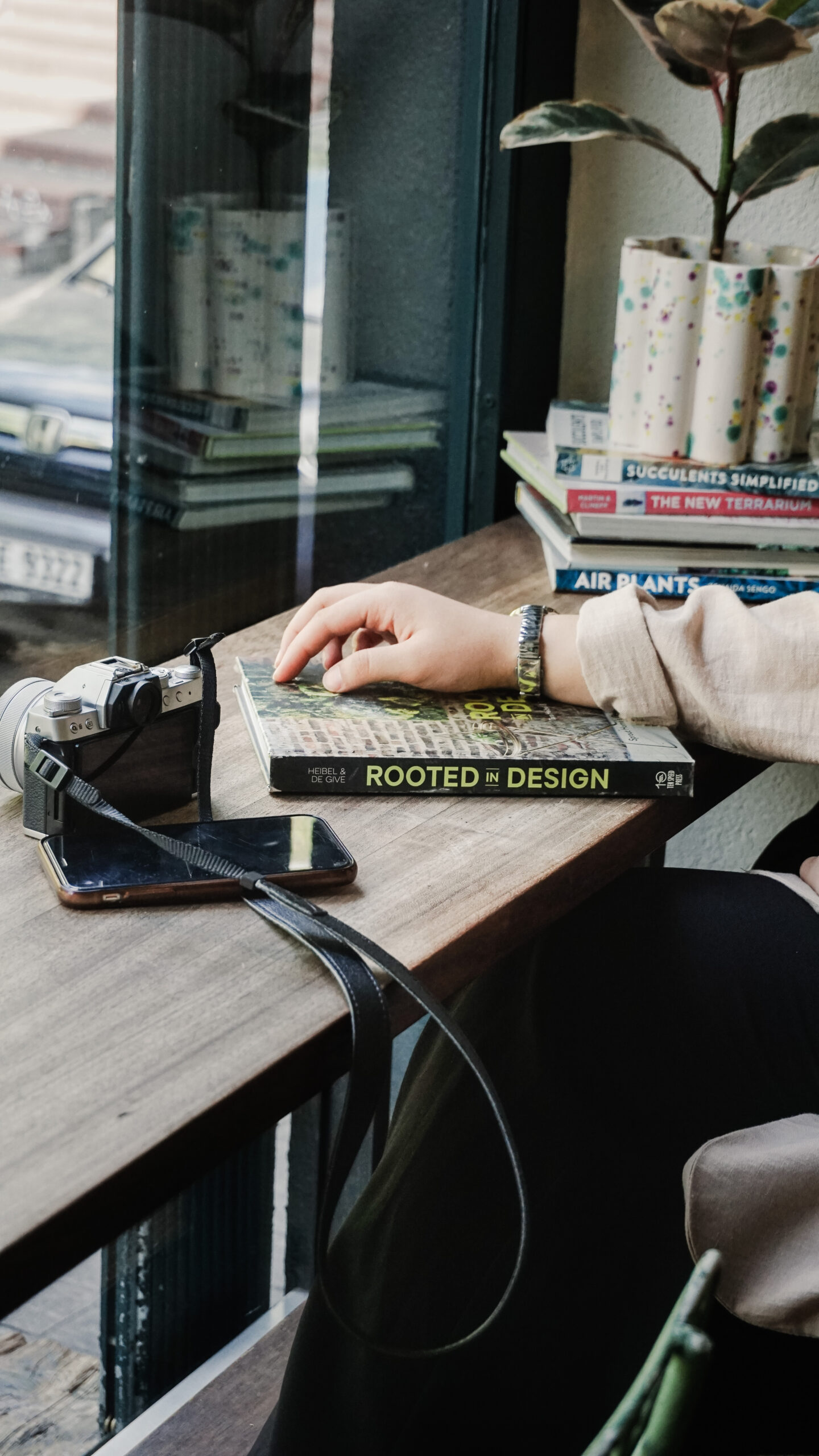
Where to Buy a DSLR Camera
Authorized Retailers
Consider purchasing a DSLR camera from authorized retailers. These retailers have direct partnerships with camera manufacturers, ensuring you get genuine products and reliable after-sales support. Visit local camera stores or check the official websites of camera manufacturers to find a list of authorized retailers in your area.
Online Marketplaces
Online marketplaces like Amazon, B&H Photo Video, and Adorama offer a wide selection of DSLR cameras from various brands and sellers. These platforms often provide customer reviews, detailed product descriptions, and competitive pricing. However, be cautious when buying from third-party sellers and ensure they have a good reputation and positive customer feedback.
Second-hand Options
If you are on a tight budget, consider purchasing a used DSLR camera. Websites like eBay and KEH Camera offer a range of second-hand cameras at lower prices. When buying used, be sure to ask for detailed information about the camera’s condition, shutter count, and any warranties or guarantees provided by the seller.
Price Range and Additional Costs
Entry-level DSLRs
Entry-level DSLR cameras typically range from $300 to $700. These cameras are affordable and offer basic features suitable for beginners.
Mid-range DSLRs
Mid-range DSLR cameras usually fall within the $700 to $1500 price range. They offer a balance between advanced features, image quality, and price, making them suitable for enthusiasts and serious hobbyists.
Professional DSLRs
Professional DSLR cameras can range from $1500 to several thousand dollars. These cameras offer the highest image quality, advanced features, and rugged build quality necessary for professional photography.
Additional Costs to Consider
When buying a DSLR camera, remember to factor in additional costs for essential accessories. These may include lenses, camera bags, tripods, filters, external flashes, and remote shutter releases. Budget accordingly to ensure you have all the necessary tools to enhance your photography experience.
Understanding DSLR Camera Features
Image Stabilization
Image stabilization, often referred to as IS or VR (Vibration Reduction), helps reduce image blur caused by camera shake. Some DSLR cameras have in-body image stabilization, while others rely on lens stabilization. Look for cameras with built-in image stabilization or lenses with stabilization capabilities if you want sharper handheld images.
Articulating Screen
An articulating screen is a feature that allows the LCD screen on the back of the camera to tilt or swivel. This can be helpful for shooting from various angles, including low or high perspectives, or for capturing self-portraits and vlogs.
Video Recording Capability
If you are interested in capturing high-quality videos, consider the video recording capabilities of the DSLR camera. Look for cameras that offer high-definition (HD) or 4K video recording, manual control over exposure settings, and external microphone inputs for improved audio quality.
Continuous Shooting Speed
The continuous shooting speed, measured in frames per second (fps), determines how many photos the camera can capture in quick succession. Faster continuous shooting speeds are useful for capturing action-packed moments or fast-moving subjects.
Built-in Wi-Fi and NFC
Built-in Wi-Fi and NFC capabilities enable wireless connectivity between your DSLR camera and other devices such as smartphones or tablets. This allows for easy sharing of photos, remote control of the camera, and quick transfer of images for post-processing or social media sharing.
Battery Life
Consider the battery life of the DSLR camera, especially if you often shoot for extended periods or in remote locations. Look for cameras with long-lasting batteries or consider purchasing spare batteries to ensure uninterrupted shooting.
Lens Compatibility
Check the lens compatibility of the DSLR camera and consider the available lens options. A wide selection of lenses allows you to experiment with different focal lengths and achieve different photographic effects. Popular lens mounts include Canon EF, Nikon F, and Sony E-mount.
Accessories for DSLR Cameras
Lenses
Lenses are essential accessories for DSLR cameras. They allow you to capture different perspectives, achieve specific focal lengths, and explore various creative effects. Consider investing in prime lenses, zoom lenses, and specialty lenses based on your photography style and needs.
Camera Bags
A camera bag is essential for protecting and transporting your DSLR camera and accessories safely. Look for bags with padded compartments, adjustable dividers, and sturdy construction to keep your gear organized and secure.
Tripods
A tripod provides stability and allows for steady shots, long exposures, and self-portraits. Choose a tripod that is lightweight, yet sturdy enough to support your camera and lens combination. Look for features like adjustable height, quick-release mechanisms, and built-in level indicators for ease of use.
Filters
Filters are used to modify light and achieve different effects in your photographs. Consider investing in filters such as polarizing filters to reduce glare, neutral density filters for long exposures, and graduated filters for balancing exposure in landscapes.
External Flash
An external flash is useful for adding extra light to your photographs, especially in low-light situations or when you need to fill in shadows. Look for flashes with adjustable power and the ability to tilt and swivel for more creative lighting control.
Remote Shutter Release
A remote shutter release allows you to trigger the camera’s shutter without physically touching it. This helps minimize camera shake during long exposures or when capturing self-portraits. Choose a remote shutter release that is compatible with your DSLR camera model.
Tips for Using and Maintaining a DSLR Camera
Basic Camera Settings
Learn and familiarize yourself with the basic camera settings of your DSLR camera. Understand concepts such as aperture, shutter speed, ISO, and white balance to have better control over your images. Experiment with different settings and shooting modes to explore your camera’s capabilities.
Cleaning and Maintenance
Regularly clean your DSLR camera and lenses to keep them in optimal condition. Use a blower brush or air blower to remove dust and debris, and a microfiber cloth to clean the lens surfaces. Avoid using abrasive materials and always follow the manufacturer’s instructions for cleaning and maintenance.
Proper Handling and Storage
Handle your DSLR camera with care to prevent accidental damage. Always use a neck strap or a wrist strap to secure the camera when shooting. When not in use, store your camera and lenses in a dry and dust-free environment, preferably in a camera bag or a dedicated storage case.
Learning Resources
Utilize learning resources such as online tutorials, photography books, workshops, and photography communities to enhance your skills and knowledge. Joining photography forums or local photography clubs can provide opportunities to connect with like-minded individuals and learn from experienced photographers.
Conclusion
Understanding DSLR cameras is crucial when making an informed purchase decision. Consider factors such as your budget, desired image quality, and purpose of use. Research different brands and models, read reviews, and compare features to find the DSLR camera that best suits your needs. Don’t forget to invest in additional accessories and follow proper usage and maintenance practices to ensure a long-lasting and enjoyable photography experience. With the right DSLR camera, you can capture stunning images and unleash your creative potential.

